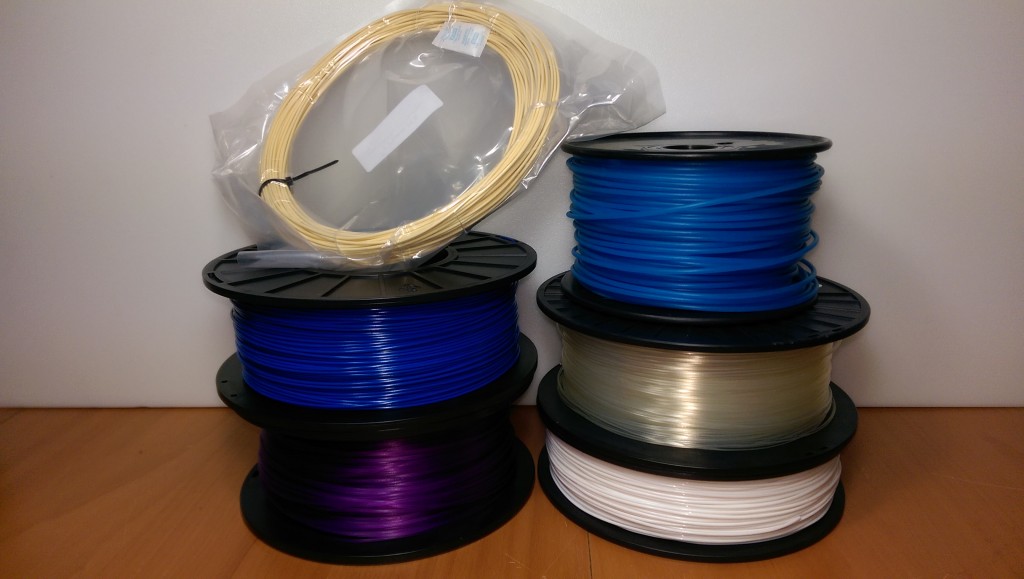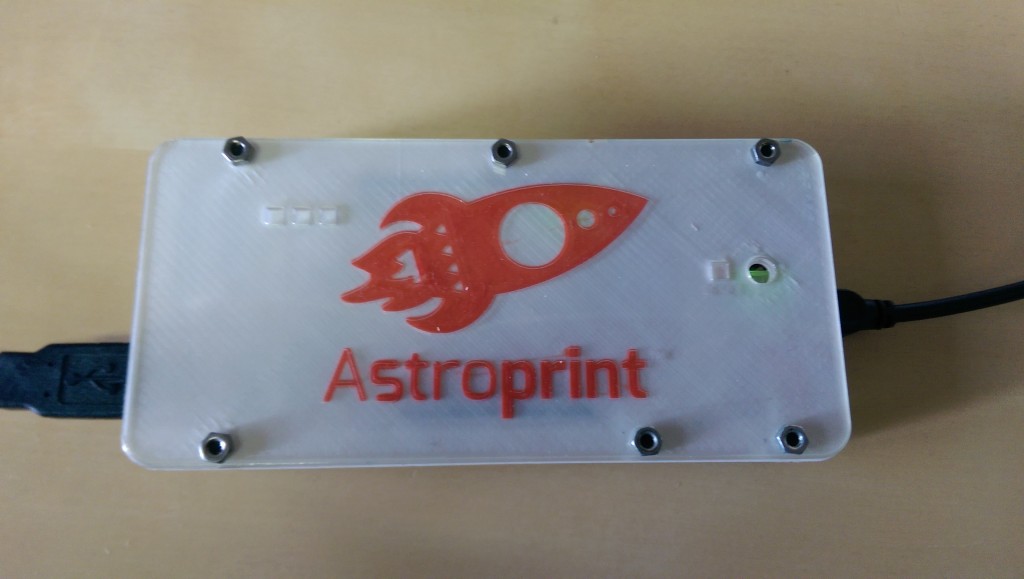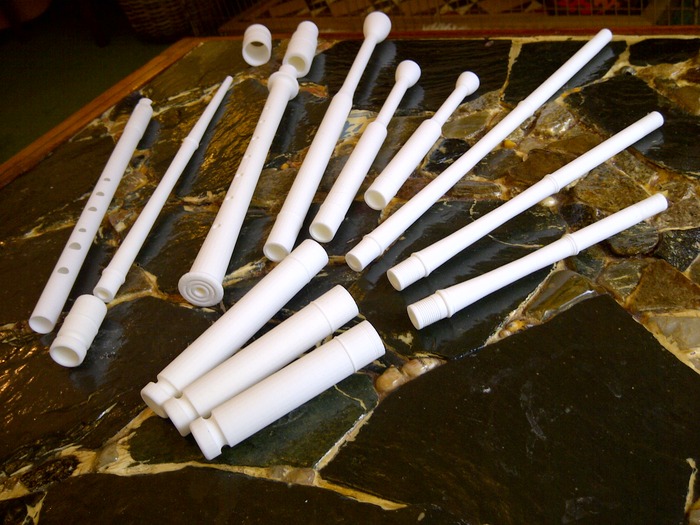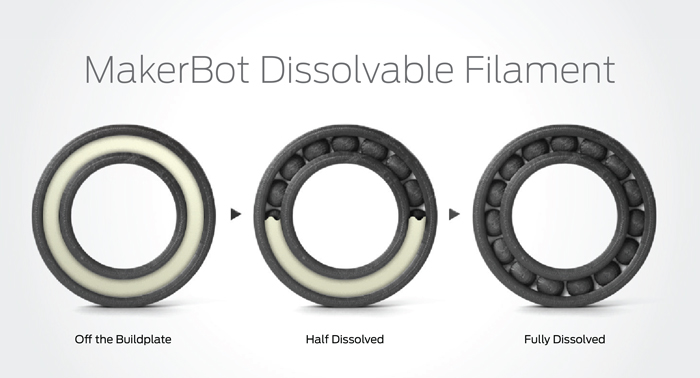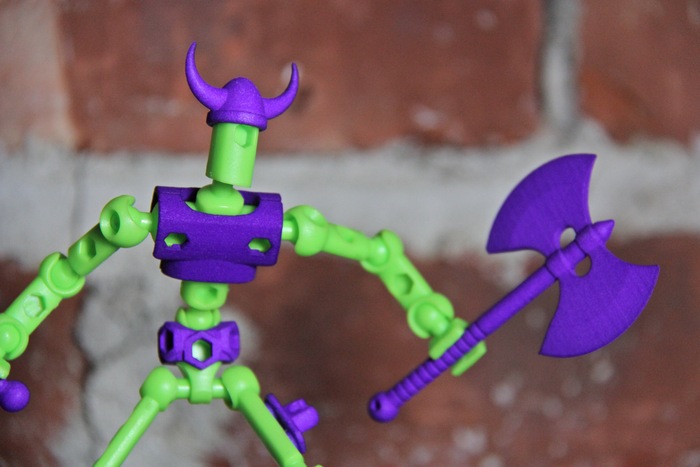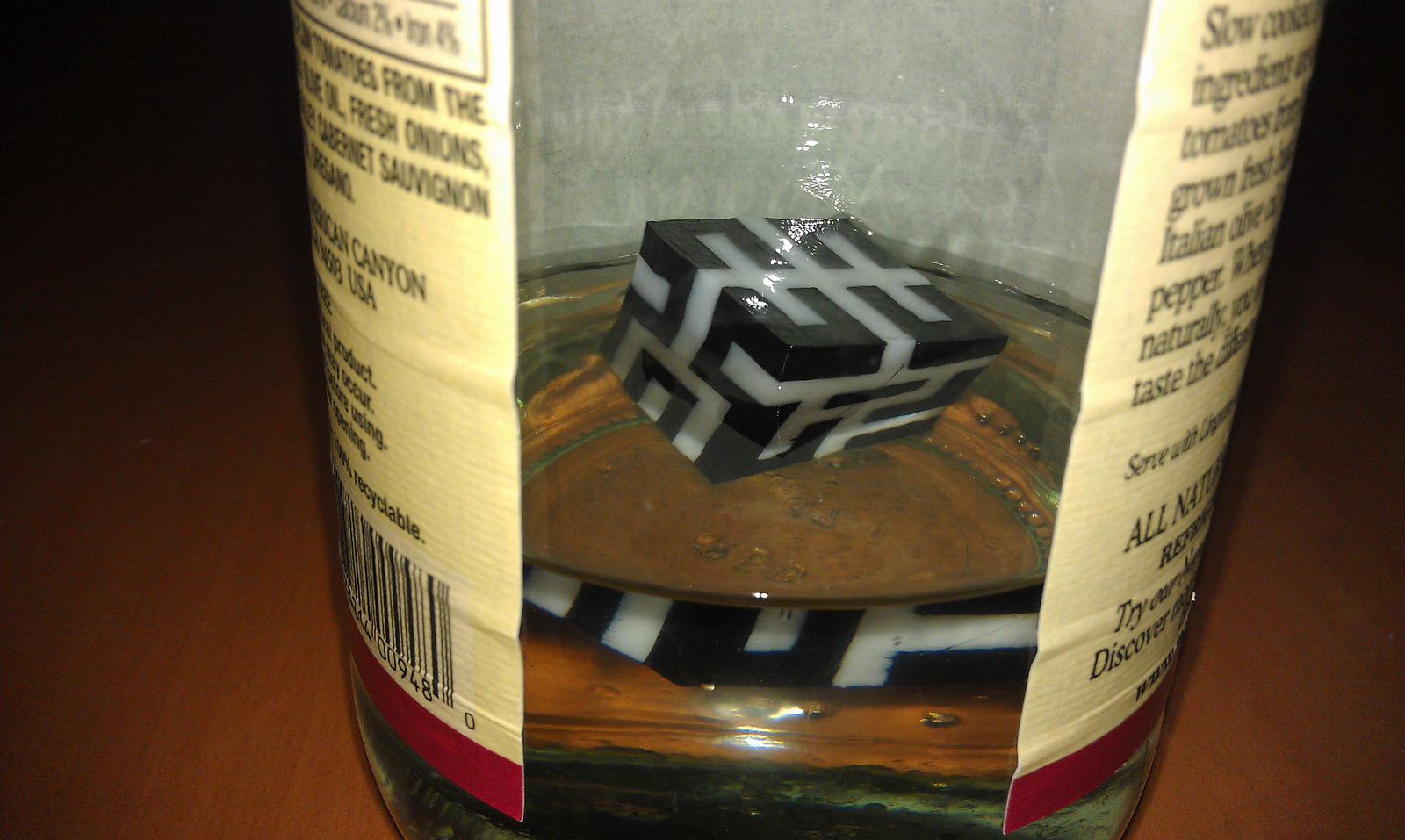Thanksgiving is upon us, and we here at the 3DPPVD family have a lot to be thankful for this year. Our community has thrived and grown, Ocean State Maker Mill has launched, and we have had an amazing year of exciting events and projects. Thank you to everyone who has come out and helped us this year.
Of course in todays world, Thanksgiving isn’t just about turkey, family, and reflecting on the year gone by; it’s about SALES!!!! The 3D printing world isn’t letting us down this year with many vendors offering great deals on a wide range of products. We wanted to make sure our community didn’t miss out so here are a few of the sales we are aware of and think are worth checking out:
- SeeMeCNC has discounts running for the next week and half. The best deals are today (11/27) and tomorrow (11/28) so don’t wait and miss out. Sales flier here.
- Printrbot on Friday (11/28), is offering 10% off everything for 24 hours only. Along with the sales, they are launching multiple new products and upgrades so be sure to check them out.
- Lulzbot is having a Cyber Monday sale with huge discounts on some of their products. It’s hard to say no to a $10 RAMPS board! Also check out my review of the amazing Taz 4 in the latest Make Magazine.
- Afinia is offering $150 off of their amazing little workhorse of a machine – the H480 – until the end of the year.
- PrintedSolid will help you stock up on all of your filament needs with daily deals starting Friday (11/28) and running through Monday (12/1).
- MakerShed is now offering free shipping on any order over $50. With lots of printers in stock, this is a great time to save a chunk of cash getting it to your door.
- MakerGeeks not only has great filament sales going on, but is also offering $150 off all Flashforge printers, now through Monday (12/1).
- Proto-Pasta, while not having a sale, are launching two new filaments on Black Friday: Steel infused PLA and magnetic iron infused PLA.
- 3DXTech is offering 15% off their entire line of filaments from Friday (11/28) to Monday (12/1).
So sit back and enjoy time with your family; there is no need to go out and get trampled to swipe up these deals. Enjoy your holiday and may your printers keep humming away.


